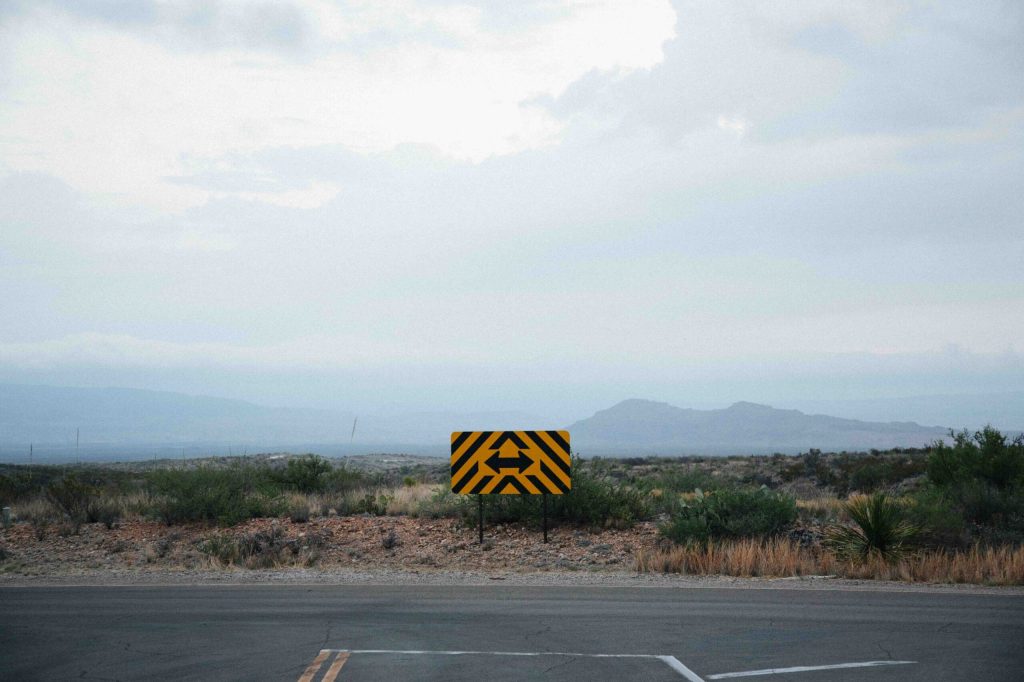
The museum field, and cultural institutions in general, have undoubtedly been hit hard by COVID-19. As a result, many museum professionals are finding themselves job searching and considering career transitions at a time with seemingly more questions than answers, and fewer straightforward career paths to follow.
The present circumstances pose unique challenges in navigating an active job search and finding the next step in your career. But from my experience in recruiting, talent program development, and career coaching—at the Oakland Museum of California and in the consulting firm I co-founded—I have found that it is possible to face uncertainty with resilience, by creating a plan with an open mind.
With that in mind, here are some tangible steps to take right now, if you’ve recently been laid off or furloughed and find yourself navigating a job search.
Take Care of the Paperwork

First things first: apply for unemployment. Check on what local city and state government resources are available, and get ready to do some paperwork. Ask your HR team or representatives what resources are being offered, including information about how to navigate unemployment, offboarding, and career support.
Reflect and Explore

This is the most important step in a job search or career transition at any point in your career, and even more so in the current economic climate.
Think about your priorities and long-term goals to identify what you need right now and what you want in the future, then plan your job search accordingly. Apply for roles, including contract or part-time work, that will take care of your needs right now while you are still looking toward future roles and institutions more aligned with your long-term career goals.
Take actual time to pause and reflect on your experience and skills so far—what have you enjoyed, and what doesn’t make sense anymore? Identify and understand your value! What are the tangible skills and experience you bring to a role? What are the soft skills, emotional intelligence, and perspective you bring? What makes you uniquely you in a role? Use these values and strengths to help shape the framework of your job search.
For extra support in looking inward, reach out to friends, colleagues, managers, or mentors to ask them what they think your greatest value is, or what it has been like working with you. In the midst of a big transition, or a sudden job change, an outside perspective can be helpful to identify qualities you may not be able to see in yourself.
Get Ready to Pivot

Whether you are planning to stay in museums or explore other fields, you should be prepared to pivot. Work has changed across industries during the pandemic, and it will continue to change over the coming months and years. There is opportunity in this change.
Take a thorough look at what is needed right now. The museums we walked out of in mid-March, when the first shelter-in-place regulations were enacted, are not the same museums that are operating right now, and may never be the same museums again. We, as an industry and community, have to change the way we think and work. This means there will be continued shifts in organizational priorities and strategic direction, which result in different staffing needs and expertise.
Are the emerging needs and opportunities ones you can and would like to contribute to? Start researching and brainstorming a list of what they will be. We know visitor experience, community engagement, and digital access will play a huge role in the future of museums; what else? Based on what you have identified, are there holes in your experience you can seek to fill with other roles, education and learning opportunities, or volunteer work if you are looking to fill the time between roles?
If you are looking outside of the museum space, pay attention to industries that are likely hiring right now and what your community needs. Social connection and access to resources that maintain everyone’s health and safety are definitely high on the list, and new jobs, companies, and industries will come out of these needs. Just because you leave the museum field doesn’t mean you will never come back. In fact, think about it as an opportunity to expand and diversify your experience and skills for the benefit of your work in museums. We know the museum field is changing, and we have to look outside of our own space for the resources, experience, and skills needed for this change.
If you are exploring roles outside of museums but want to return eventually, continue to stay connected to the field, to understand its developments and determine how your new skills will add value. Stay in touch with former colleagues, continue to build your community within the field, engage in industry-specific groups and networking opportunities, and pay attention to industry publications and what your favorite institutions are doing. This continued connection and expanded knowledge will help you discover the best time and point of entry back into museums. Understanding the value in your new skills and experience related to what is happening in the field in that given time will help you develop a compelling story as to why a museum should hire you.
An economic downturn has plenty of challenges, but it doesn’t mean you have to give up on a career path or even put it on hold; it means that your trajectory is likely going to look different than you thought, and that is okay. Careers are not linear, and leave it to a global pandemic to flip your best-laid career plans on their head.
Work on Your Toolkit and Story

All that great value and strength reflection you’ve been doing? Make sure your job search toolkit (résumé, LinkedIn profile, cover letter, portfolio, etc.) reflects it, and then own your story and be prepared to speak to your value in community conversations and interviews.
Update—or overhaul—your resume with your most recent and any missing experience. Do the same for your LinkedIn profile (if you don’t have one, now is a good time to build one). All of your job search documents tell your career story in different formats for potentially different audiences, but they should still tell a consistent story.
You want to show your experience and value. With your résumé or in an interview, don’t just tell potential employers you are resilient—prove it, by giving concrete examples with actual outcomes. The STAR technique is a great model to practice (Situation, Task, Action, Result).
Engage with Your Community

Community plays an incredibly valuable role in job searches—meaning everyone you engage with in your everyday life, including those specific to your field of work, industry, and past roles. Especially in times of crisis and uncertainty, you should connect with that community, ask questions, and share what you are looking for.
We are all navigating the changes to our industry, and industries around us, in real time, and we bring different experiences and perspectives to understanding them. Talking to the people in your community about what they are seeing can expand your knowledge about what types of roles are available and what makes the most sense for your personal experience, immediate needs, and long-term career goals. Especially during this time, when it makes sense to think broadly about work and your career, engaging with your community outside of the museum field can provide invaluable insight to what exists beyond what you may be familiar with.
We are facing the largest unemployment rate we’ve seen in our lifetimes, which means there are a lot more candidates for fewer roles. Engaging with your community to learn about organizations and roles, and asking for referrals, is also an important tool to break through what can feel like a résumé black hole.
If there is something you are interested in but don’t have someone in your community who can directly speak to or support that interest, it is time to grow your community. Don’t hesitate to ask connectors (people in your community who seem to always know someone) to introduce you to someone who can help you. You can also grow your community by joining groups; attending virtual events, workshops, or conferences; or reaching out to someone directly through LinkedIn.
What has become abundantly clear through this pandemic is how powerful and important community is to our well-being. People are seeking new ways to connect and nurture their community, and it’s been heartening to see people be even more open to supporting others’ careers and development during this time. While it can be difficult to reach out to someone you don’t know to ask for insight about their work, organization, and overall career, ask yourself: if someone reached out to you with the same ask, what would you say?
Navigating a job search and/or career transition right now can feel big and daunting. But there is a way to find focus and support amid all the challenges. Start with what you know—yourself—to identify what you need and what you want, embrace the uncertainty and unknown of following those needs, lead with curiosity and an open mind, and lean in to community for connection and support.









Excellent advice.
Thanks for your insights, Dana!
I love what you had to say about owning your story for your resume and supporting job search documents. As an executive resume writer, I love using the STAR method with my clients. It looks great on paper AND gives an excellent opportunity to continue the conversation once you’ve landed the interview!
Can’t wait to start visiting museums again in the Bay.